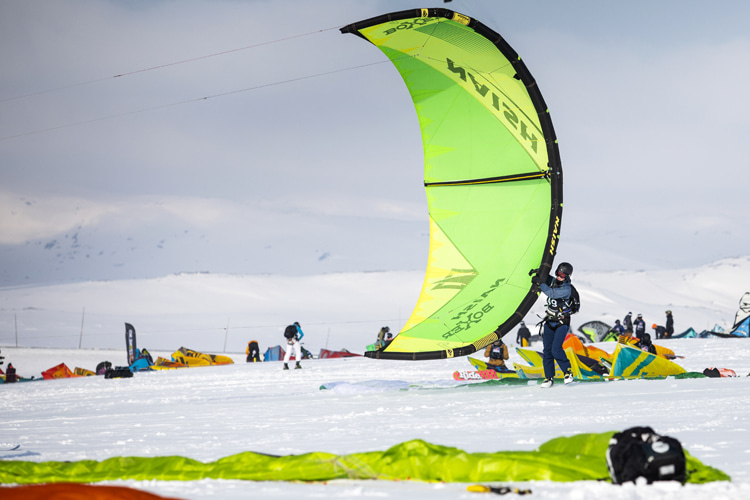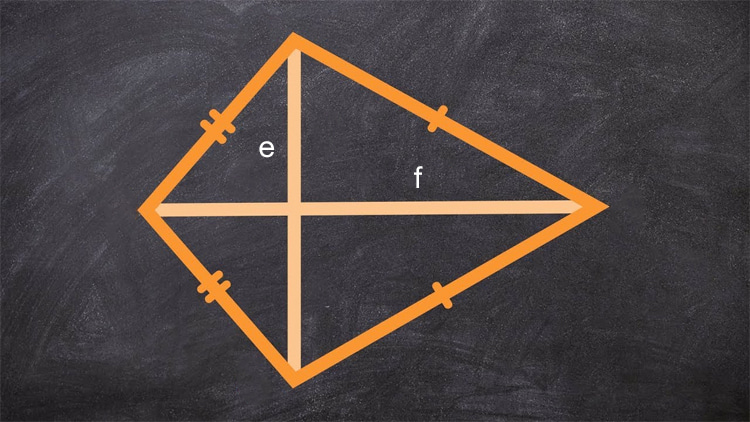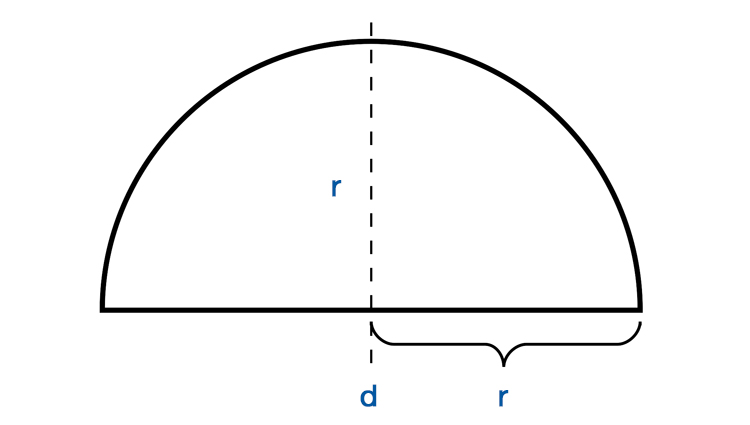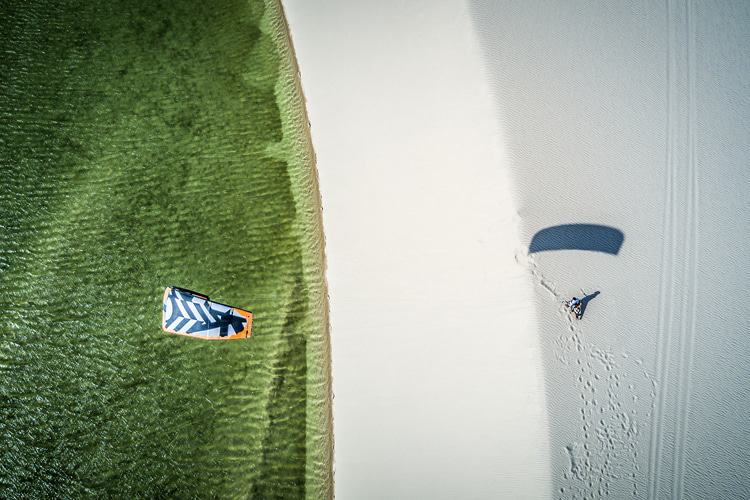In theory and geometrically speaking, the original kite is a quadrilateral with two pairs of congruent sides that are adjacent to one another.
Kites are an old human invention.
The earliest depiction of a kite dates from 9,500-9,000 years B.C. It was found in a Mesolithic period cave painting on Muna Island, Indonesia.
One of the most common kite designs is the one we often see flying up in the sky on a windy and sunny summer day.
It's the diamond-shaped kite.
But how do you find the area of this classic wing craft? How can you measure its proportions?
The first thing we know is that we're addressing a symmetric shape kite with perpendicular diagonals.
The diagonals of a kite are the two lines that run perpendicular to one another and connect the angles across from each other in a kite.

Measuring the Area of a Diamond-Shaped Kite
The most popular formula for calculating the area of this diamond-shaped wing is the following:
- area = (e x f) / 2
where e and f are the kite diagonals
So, if your kite is 3 meters wide (e) and 7 meters long (f), the total area will be 10.5 square meters, i.e.:
- area = 3 x 7 / 2
- area = 10.5
Always remember that the kite's area is always expressed in square units (millimeters, centimeters, meters, inches, feet, miles, etc.).

Measuring the Area of a Kitesurfing Kite
But there are hundreds of alternative formats to the classic diamond-shaped, and so how do we measure them?
For instance, how do we measure the area of a kitesurfing kite?
Let's start with a basic formula for measuring a semi-circle's area. Here's how it should be calculated using radius or diameter:
- area of semicircle = π / 2 x r2
- area of semicircle = π / 2 x d2
where r is the radius, and d is the diameter
So, if you have a semi-circle-like kite with a 3-meter radius (r) or 6-meter diameter (d), the total area will be 14.1 square meters, i.e.:
- area of semicircle = πr²/2 = 4.5 x π [m²] ≈ 14.1372 [m²]

The Aspect Ratio
Kiteboarding kites feature different aspect ratios. However, the concept of aspect ratio is different from actual size or area.
Instead, it determines the proportional relationship of the width to the height of a geometrical shape.
The aspect ratio of a kite is the proportion between its surface area and its span.
To calculate it, all you need is to measure the kite's span and divide the square of the span in meters by the kite's overall area in square meters.
The more square a kite is the smaller its aspect ratio. Also, the more rectangular a kite is, the higher the aspect ratio will be.
For instance, an ellipse with an aspect ratio of 1:1 will always be a circle.
In other words, high aspect ratio kites are normally thin and long, meaning that they are initially less powerful and only generate more power while moving.
They showcase fantastic upwind performance, fly faster, and provide more lift, glide, and float.
They are also slower while turning, feature less bar depower when powered up, and are harder to relaunch.
The high aspect ratio kite is the wing of choice for big air and race kiteboarders.
On the opposite side, low aspect ratio kites are wide and short and turn fast even though they'll provide less lift and float than their counterparts.
They have more depower at the bar, are more stable while riding through wind gusts, drift downwind very well, and are easy to relaunch.
The low-aspect ratio kite is the wing of choice for beginners and wave kitesurfers.
